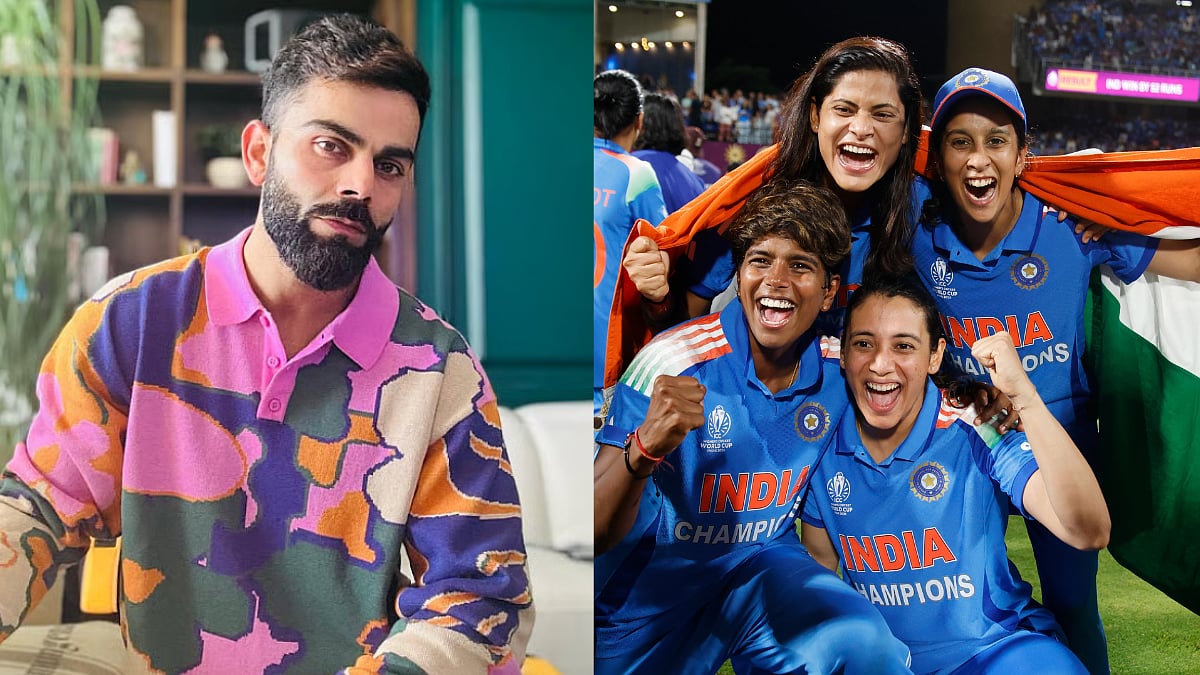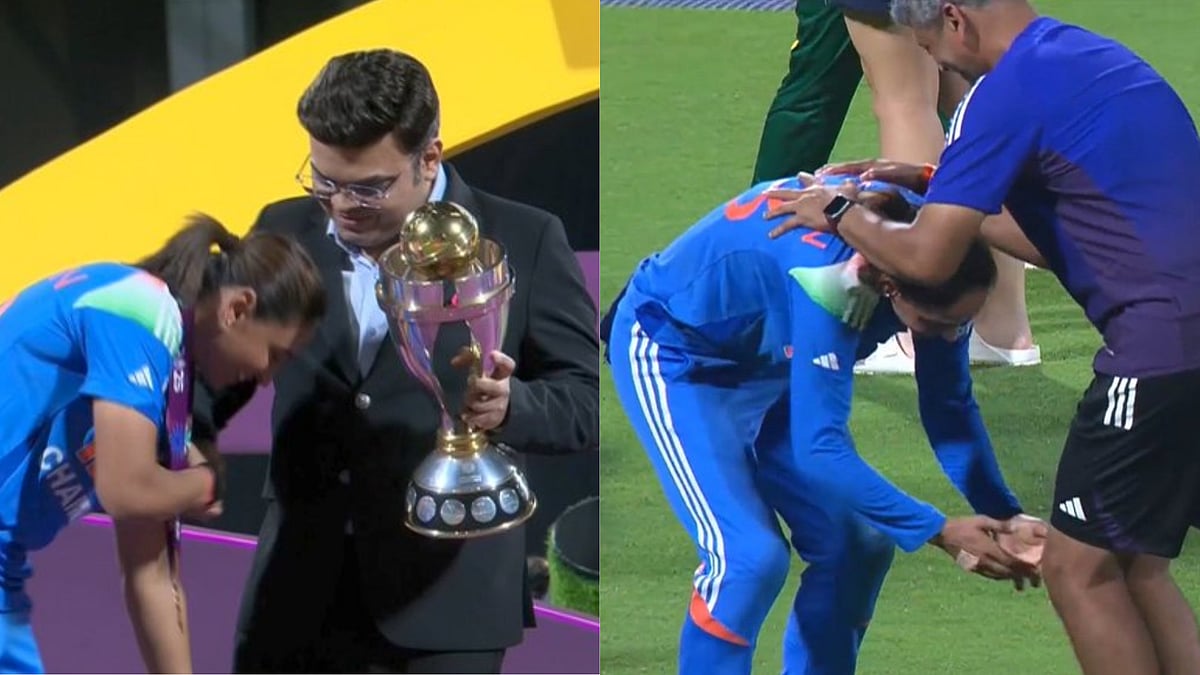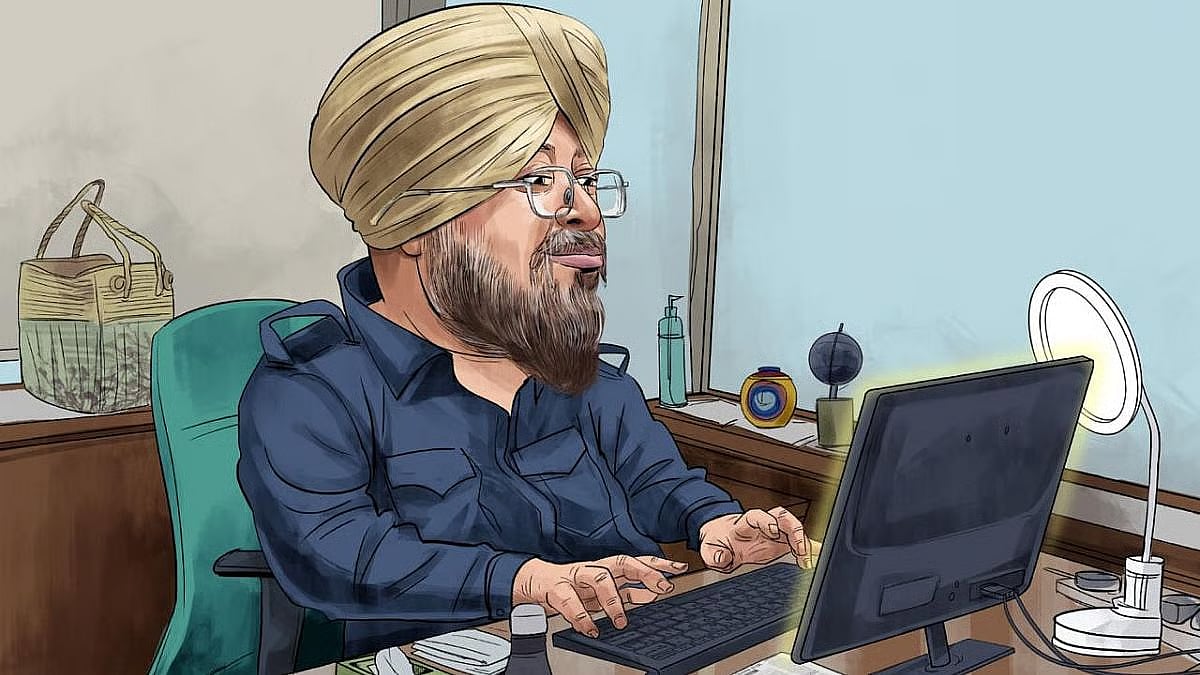In the week that Mumbai’s newest transport line, the long-awaited Metro 3 Aqua Line, opened for commuters, the city mourned its quiet corporate icon, Sir Ratan N Tata. Where do the lines meet, you may wonder. Read on.
Cities are built, in the physical and socio-cultural realms, not only by policy decisions of governments and relentless labour of its large working classes, but equally by people who have enormous wealth as well as compassion or vision. Mumbai, or Bombay, would not have become the city it did — the Urbs Prima in Indis — if it was not for the generous contributions by the men and women of wealth in its early days.
Whether their contribution was pure charity, out of compassion for fellow natives, or was motivated by business interests is open to debate but they lent a hand. Besides charity to their own religious and community organisations, Mumbai’s millionaires of yore directed some of their windfall profits from trade in opium-cloth-spices to building institutions in education and health, part-financed the new university, set up libraries and shelters and drinking water fountains, besides contributing to infrastructure.
The Mahim Causeway story deserves a re-telling. Stirred by the series of storms in 1840-41 that hit the bay between Mahim and Bandra, which could only be crossed by boat, and led to loss of lives in alarming numbers, Lady Avabai Jeejeebhoy donated Rs 1.6 lakh (nearly £17,000 then) for a causeway to be built — used to this day. Wife of the merchant Jamsetjee Jejeebhoy, their donations gave Bombay a number of institutions including the famed Sir J.J Hospital and Sir JJ School of Art.
They were not the only ones. The Sassoon family, the Cowasji family, Jagannath Shankarshet and, of course, Jamsetji Tata, widely acknowledged as the Father of Indian industry and the man who set up the industrial empire, were philanthropists. Tata Trusts, founded by Jamsetji Tata in 1892, stood out on the international list of philanthropists for having donated more than $102.4 billion (adjusted for current figures) till 2021, according to EdelGive Foundation and Hurun Report for the year. The mind-boggling sum significantly surpassed donations of other prominent philanthropists of the current era, the report showed.
Tata Trusts vastly benefited in the past few decades from Ratan Tata’s vision of what philanthropy should do in society, according to those who mapped it closely. Tata’s interviews show his concern for causes. The obituaries have paid a handsome tribute to not only his legacy in business but also in charity and philanthropic activities. He was, by all accounts, a man with his heart in the right place and spoke of his intent to do social good. The tributes have, of course, courteously side-stepped inconvenient parts of the Tata empire such as the massacre of protesting Adivasis in Kalinganagar or the attacks on people of the SEZ-Birodhi Prachar Manch in West Bengal, among others, that can only be labelled anti-people. And, the Tata group was the biggest donor to the Bharatiya Janata Party before the 2019 general elections.
Author Amitav Ghosh, at the Mumbai Litfest in 2016, gave interviews in which he explained how India’s largest companies — the old Bombay money — played a pioneering part in the opium war. “The whole history of capitalism is the creation of mythology…and sold to us as a great history of financial innovations. That (too) is nonsense,” he said to many jaw-droppers. While history shows this truth, what’s also to be acknowledged is that at least some of the profits were ploughed back into the making of the city — partly for furthering business, partly as charity.
This nature of philanthropy, to improve the city for the masses, has ironically been on the decline even as Mumbai has become home to more and more billionaires over the past few decades. This is note-worthy because “there has been a notable increase in corporate givers” with the proportion of companies following the Corporate Social Responsibility doubling from 30% in 2018 to 60% in 2022, according to India Philanthropy Report 2024. The actual CSR spending, however, grew moderately at 7% in 2023, it added.
Should this go into city-making projects such as part-financing the metro or road improvement works? Or does corporate philanthropy play safe now by financing small-scale projects that have the blessings of India’s government such as activities of the Swachh Bharat Mission? Industry involvement in city-making, especially in the post-1991 liberalisation decades, has been in the commercial role of project leaders and contractors — unlike Lady Avabai Jeejeebhoy’s philanthropic gesture of funding an infrastructure project.
In fact, in the Mumbai of 2024, it would seem blasphemous if one were to suggest that the ten wealthiest families of Mumbai donate — without a business payback — to improve the city’s infrastructure. What’s the government for, they and their apologists would ask. Governments, whether the colonialists or today’s elected, can do only so much without the active contribution of wealth creators-philanthropists. Bombay’s history shows this. The Bombay Chamber of Commerce, for example, had a role in setting up land and sea communications, construction of railways, introduction of the electric telegraph and modern postal service.
The colonial city was built, as Preeti Chopra, professor of architecture and urban history wrote in her brilliant paper ‘A Joint Enterprise: The Creation of a New Landscape in British Bombay (1839-1918)’, jointly with a mix of speculation and philanthropy particularly in the second half of the 19th century when “the colonial regime and the Indian and European financial and mercantile elite cooperated in creating an infrastructure — for commerce, but also institutions for the public good — that was conducive to the commerce and well-being of the city”.
The local elite played a complex and multifaceted role in city design, and by doing so they constructed, erased, and transformed the city, argued Chopra. “As landowners they made deals with the government. As men of business, they acted as advisers, partners, or investors in schemes. As men of wealth, they built wells, tanks, and religious, educational, and medical institutions. They influenced the course of development and opposed government schemes if they negatively affected their interests…In doing so, the joint enterprise resulted in the creation of a new public arena for all of Bombay’s citizens.”
This construction of colonial Bombay, as other historians too have documented, was a “joint enterprise” between the imperial power, and the financial and technical involvement of wealthy Indians. The Tatas played a key part in this. Their philanthropic footprint widened in the 21st century but did it include city-making?
Smruti Koppikar, senior journalist and urban chronicler, writes extensively on cities, development, gender, and the media. She is the Founder Editor of the award-winning online journal ‘Question of Cities’ and won the Laadli Media Award 2024 for her writing in this column









